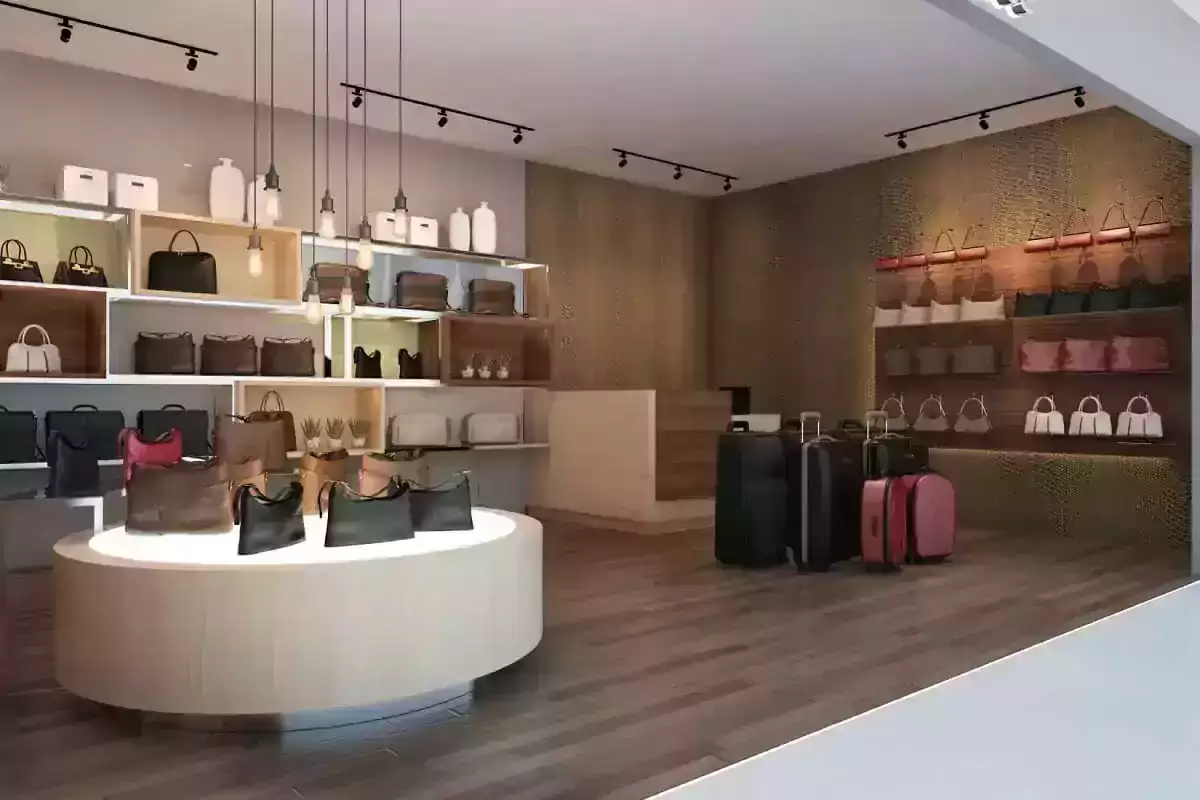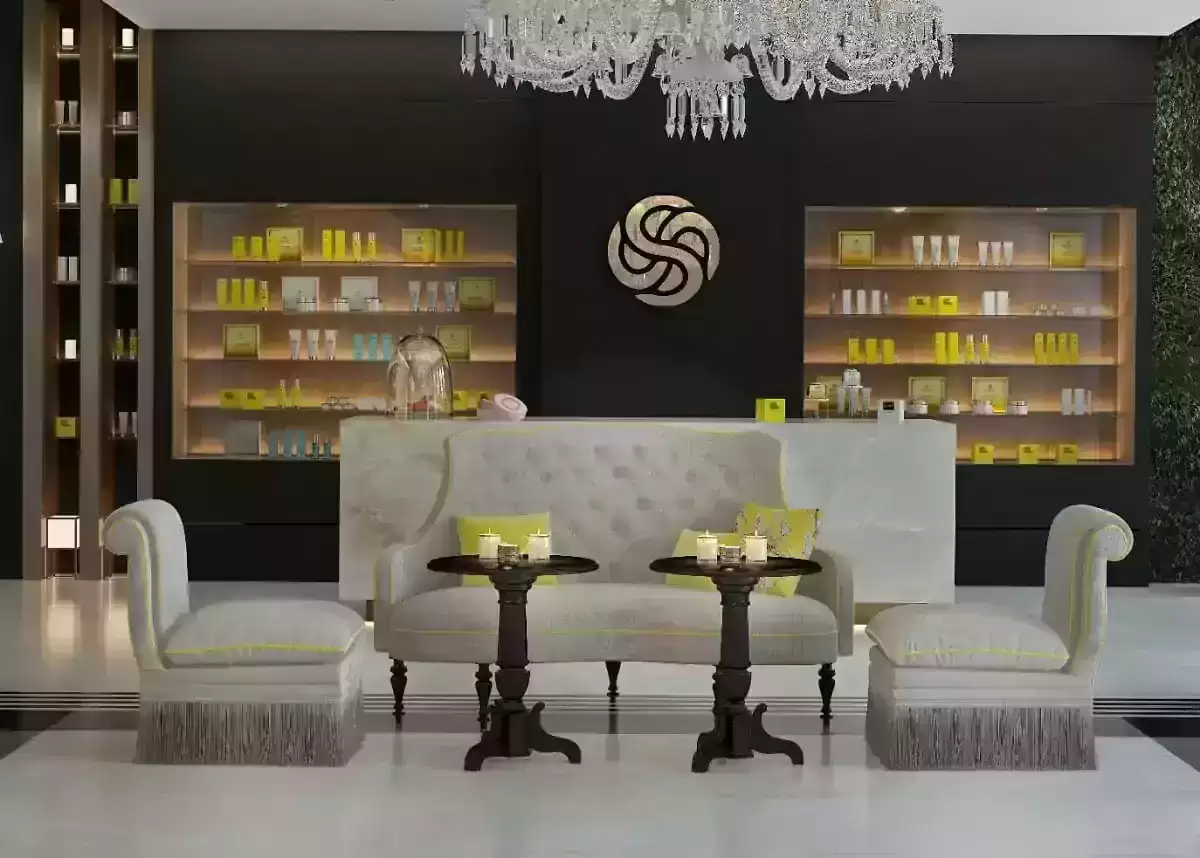Residential interiors are easy, they just need to attract a few residents.
On the other hand, retail spaces must entice a much larger audience to survive.
Hence, design nailing is particularly important, but there is a lot to consider for a successful retail store interior design.
So why not start early? Read on for great interior ideas that help retailers win!

Why is store interior design important?
Simply put, retail stores are about making money from sales, and to make those sales, stores have to attract customers with more than unbeatable deals and great service.
Retail interior design needs to excite the target audience.
With this in mind, commercial interior design firms recommend that retailers consider their brand message, where the store spaces, decor, and furnishings should clearly state its purpose and reason.
Despite the popularity of online shopping, retail stores certainly hold a special place.
After all, they allow customers to interact with products before they purchase them, however, physical stores still have to provide a unique experience to compete with virtual sellers.
This is where commercial interior design ideas come in, as they will ensure that the stores remain immersive, rich and enjoyable for the senses.
In short, store interior design is important because it has the ability to attract customers and influence sales.
It should also be eye catching from the entrance and feature various distractions along the way.
This is because they keep customers staying longer, as perfect design encourages browsing without making shoppers feel like they’re trying to escape a maze.
Retail store interior design ideas
The truth is, every retailer would like to see more customers come through their doors.
To enjoy a flow of customers and convert more sales, explore these retail interior designer-approved ideas below.

Make sure the design reflects the brand
The right positioning makes all the difference in attracting and retaining customers, which is why developing a cohesive brand image plays such an important role in a retailer’s success.
The store’s interior design must reflect the spirit and emotions associated with its brand.
When a retail space aligns with its brand aesthetic, customers feel secure about shopping there, which in turn builds trust and loyalty.
Determine the appropriate layout
Store design is more important than most people think, as it can actually enhance the customer experience.
However, different types of retailers work better with different types of layouts.
The shop interior design layouts are:
Angular displays designer or specialized clothing or accessories
The grid is best for stores or retailing off-the-shelf merchandise
Forced-path acts as a guide for shoppers and leads them through a path displaying décor and furniture
Loop maximizes wall space and versatility, leading shoppers through household items, toys, clothing, or personal care items
Diagonal encourages product testing and employee-shopper communication, as in tech and beauty stores
Free Flow / Mixed Ideal for a boutique store displaying designer items or mixed uses, such as bakery and merchandise
Ultimately, the ideal design depends on factors such as the size of the space, the products offered, and the preferred traffic flow.
Experiment with different retail interior design designs before settling on a firm arrangement.
And never underestimate the appeal of a good window display, as it is the first taste customers get of retail interior design.
The decor and setting should, again, make the aesthetic of the store clear, for example, an outdoor store could create a rustic display that depicts a camping scene.

Grab attention with hotspot screens
An interior design tip for an effective and aesthetically pleasing retail store is to create focal point displays with selected merchandise.
Consumers love them because they present products in a visually appealing way, and the bright colors, special lighting, and extra height make for stunning presentations.
Place them in strategic, high-traffic areas to help guide customers through the store, and remember: they should reflect the products in a particular section.
Keep the entryway clutter-free
The transition area in retail interior design extends fifteen feet from the entrance, where it should remain relatively open, allowing customers to decompress and enjoy the character of the store.
Here, it’s not so much about selling as it is about making a lasting impression, focus on using this area to set the tone for what’s deeper within.

Arranging the interior design of the store for wide corridors
Now more than ever, people enjoy keeping their distance while shopping.
Prevent people from having to pass each other by arranging aisles in wide aisles.
It improves the retail experience and customer comfort, plus the store interior looks more spacious too!
Consider using color
Famous retailers are naturally associated with their distinctive and easily recognizable brand colors.
Use these colors in shop interiors with accent walls, décor, and more, but be sure to use them with flair.
Be careful not to overdo it and overwhelm customers with too many colours, instead choose a mix of neutrals and bold colours.
After all, the main focus should be on products.

Prioritize good lighting
Lighting can make or break a retail interior design, for one thing, it has a variety of effects, depending on how it’s used.
Ultimately, the product has to fit in giving customers a clear vision, and there are four main types that work best together:
Accent lighting literally shines a spotlight on specific areas, products, or displays
Decorative lighting is more about looks than functionality because it adds to the atmosphere – like a chandelier
Task lighting is all about practicality and visibility, making it easier to get things done
Ambient lighting acts as the primary source of light and is the source that others depend on.
For more architectural news


 العربية
العربية